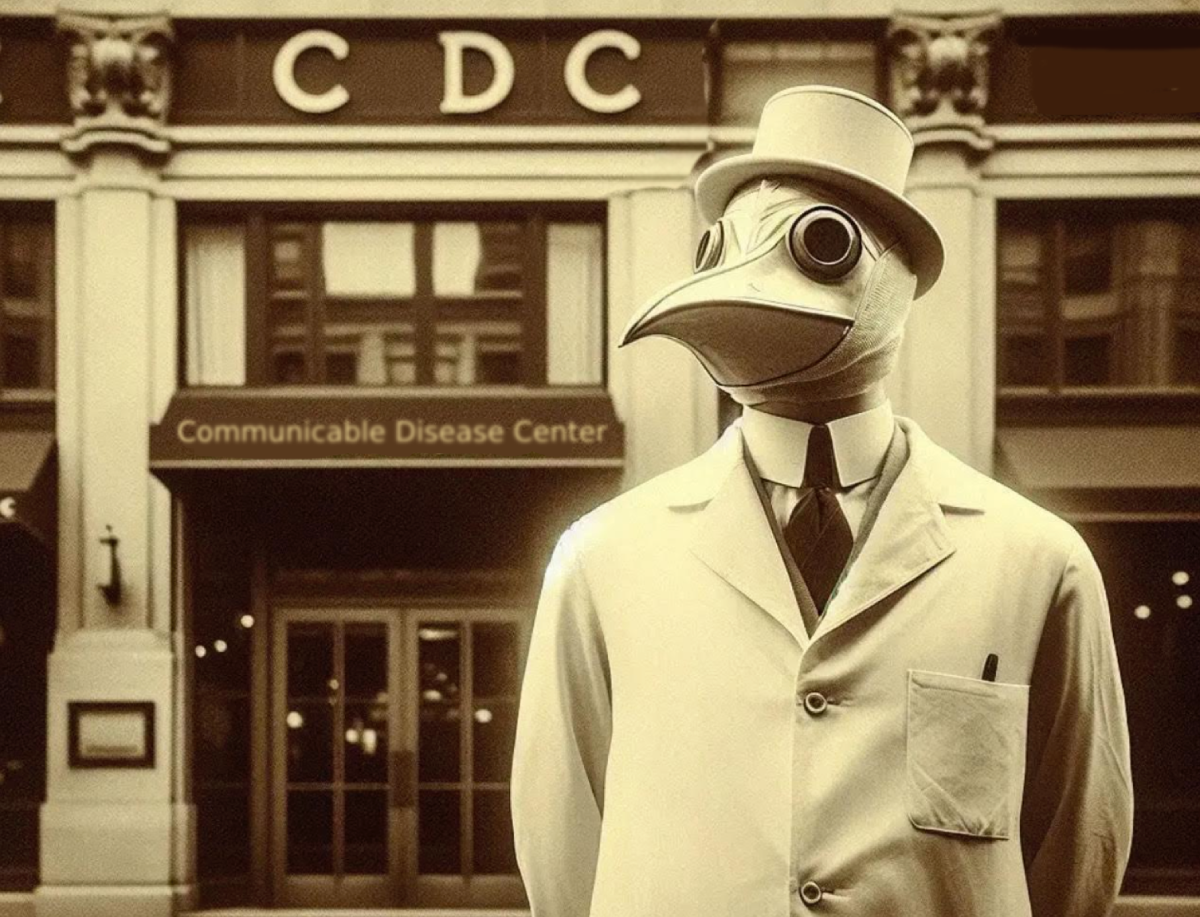The Centers for Disease Control and Prevention (CDC) headquarters and operations in Atlanta, Georgia have been like a real-life X Files more times than not. So, what do you know about the agency?
In this article, we’ll explore some amazing, amusing or just plain wild facts about the Centers for Disease Control and Prevention, headquartered right here in the largest city in the Peach State:
1. It Began As the Communicable Disease Center
The CDC started in 1946 as the “Communicable Disease Center” with one mission: kill malaria-carrying mosquitoes in the war-surplus army buildings on Clifton Road.
Its first employees were mostly entomologists and engineers, not doctors. The agency’s founder was Dr. Joseph Mountin, a career U.S. Public Health Service (USPHS) officer who would eventually become assistant surgeon general.
His descendants donated Mountin’s microscope to the CDC in 2012.

The agency’s original budget was $10 million and it literally began as a malaria-spraying operation run out of a tiny office in downtown Atlanta (the old U.S. Public Health Service building on 15th Street).
2. The CDC Owns the World’s Deadliest Pathogens

The CDC owns one of the world’s largest collections of deadly pathogens — including live smallpox virus. Only one other place on Earth (Vector in Russia) is allowed to keep it.
The samples are stored in a ultra-secure freezer in Building 18 on the Roybal Campus, guarded 24/7 by armed officers who carry fully automatic weapons.
3. The CDC Once Employed a Full-time ‘Vomitologist’
Dr. Michael Beach (the former deputy director of the Division of Foodborne, Waterborne and Environmental Diseases) spent decades studying how norovirus and other bugs spread on cruise ships and in swimming pools. He proudly called himself the agency’s official expert on projectile vomiting patterns.
Most recently, Beach was seen protesting Trump Administration cuts to the agency.
“To cut the scientific staff to the bone, to close laboratories, to cut off all of the data coming in about maternal health, about violence, about environmental health, about prevention of HIV and STDs and TB — those sorts of things are going to have a huge impact on the health of this country,” he told NPR.
4. There’s a CDC Museum With All Types of Curiosities

The CDC Museum (officially the David J. Sencer CDC Museum) has an original iron lung, a real Guinea worm extraction pipe used in Africa, and — weirdest of all — a life-size replica of a 1918 influenza ward. It also displays the actual freezer tray that held the world’s last naturally occurring smallpox case (Ali Maow Maalin, Somalia, 1977).
5. The CDC Solved the Legionnaires Outbreak in Philly

Many don’t realize it but Legionnaires’ disease was named after a mysterious outbreak in Philadelphia that sickened hundreds of American Legion veterans in the summer of 1976.
During the outbreak in Philadelphia, CDC scientists solved the mystery by growing the previously unknown bacterium in fertilized chicken eggs — the same method used to make flu vaccine — inside a makeshift lab set up in a hotel basement.
6. The CDC Stopped a Flu Pandemic Way Back in 1957

Photo credit: Walter Sander/CDC
On April 17, 1957, Dr. Maurice Hilleman, a virologist at the Walter Reed Army Institute of Research, spotted the first clear warning of an impending pandemic. That morning, a short item in The New York Times described a severe influenza outbreak sweeping Hong Kong. One sentence stood out: Clinics were so overwhelmed that “women carried glassy-eyed children tied to their backs” while waiting in line.
Recognizing the telltale signs of a new, highly transmissible strain, Hilleman immediately sounded the alarm among public-health officials and began urgent work on a vaccine, aiming to have it ready before American schools reopened in September.
The virus had actually emerged two months earlier, in February 1957, in a remote area of Guizhou Province in southwestern China. By mid-April, when Hilleman read the report, the outbreak had exploded in Hong Kong: roughly 250,000 people—about 10 percent of the city’s population—were already seeking treatment.
Hilleman alerted U.S. officials to speed production of a vaccine using fertilized chicken eggs, which was the standard method at the time and is still widely used today.
By September 1957, around 40 million doses were available in the United States, produced by several pharmaceutical manufacturers across the country. This swift action is credited with saving an estimated 1 million additional lives in the U.S. and is considered the only time a flu pandemic was successfully “averted” with a vaccine.
7. The CDC Almost Caused an Anthrax Incident, but Averted Disaster

In June 2014, up to 75 CDC scientists in Atlanta were potentially exposed to live anthrax, according to news reports. This happened because a high-security lab transferred samples to lower-security labs that were not cleared to handle the live, un-inactivated pathogen due to a safety lapse in following procedures to kill the bacteria.
Although nobody died, it was determined that procedures to kill the bacteria before they were transferred were not followed. The incident prompted an internal review and the closure of some CDC anthrax and flu labs.
The CDC monitored the employees and provided them with antibiotics as a precaution.
8. The CDC’s Scary Blogs Can Cause Panic

Every year on Halloween, the CDC typically releases a fun blog post written as if zombies actually attacked. The most famous one (“Preparedness 101: Zombie Apocalypse,” 2011) was originally a joke blog post by Rear Adm. Ali Khan… and it crashed the CDC servers from traffic.
It remains the most popular public-health blog post in history and is still used to this day used to teach emergency preparedness.
Final Word
Bonus Atlanta-specific weirdness: If you walk the path behind the CDC campus at dusk, you’ll occasionally run into employees in full biosafety Level-4 suits taking out the (triple-bagged, autoclaved) trash. Nothing makes you feel quite like you’re living in a sci-fi movie set like that sight on a quiet Emory-adjacent evening.




